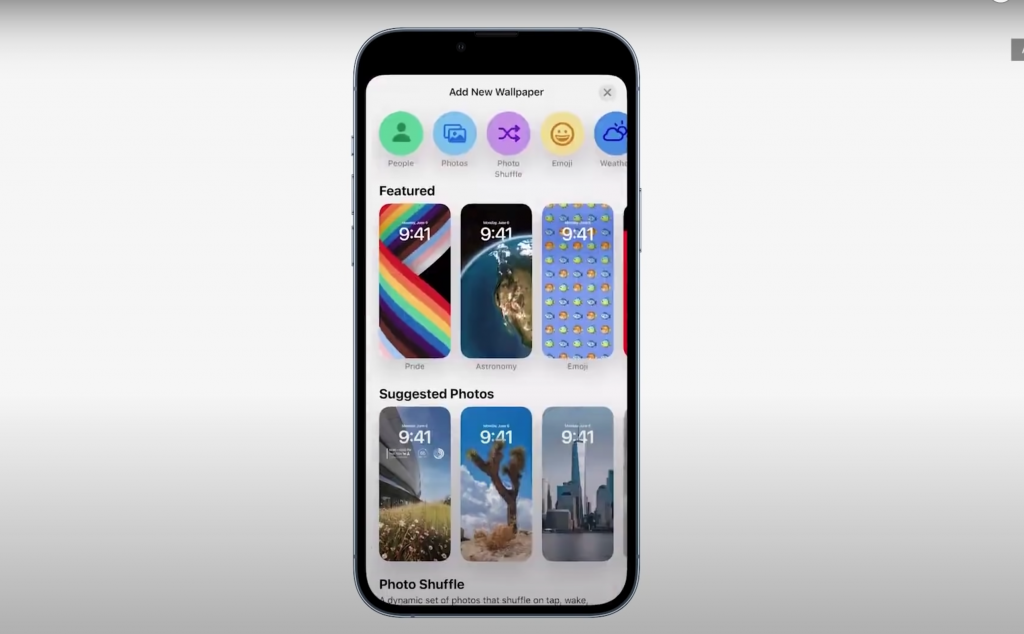Updates to Consider ahead of Apple’s iOS 16 Major Software Update: WWDC Announcements 

According to Apple, there are a number of changes for the iOS 16 major software update, but two major changes include lock screen customization and recalling sent messages. Here are some updates to consider ahead of the software udate:
